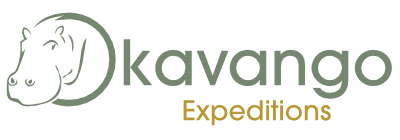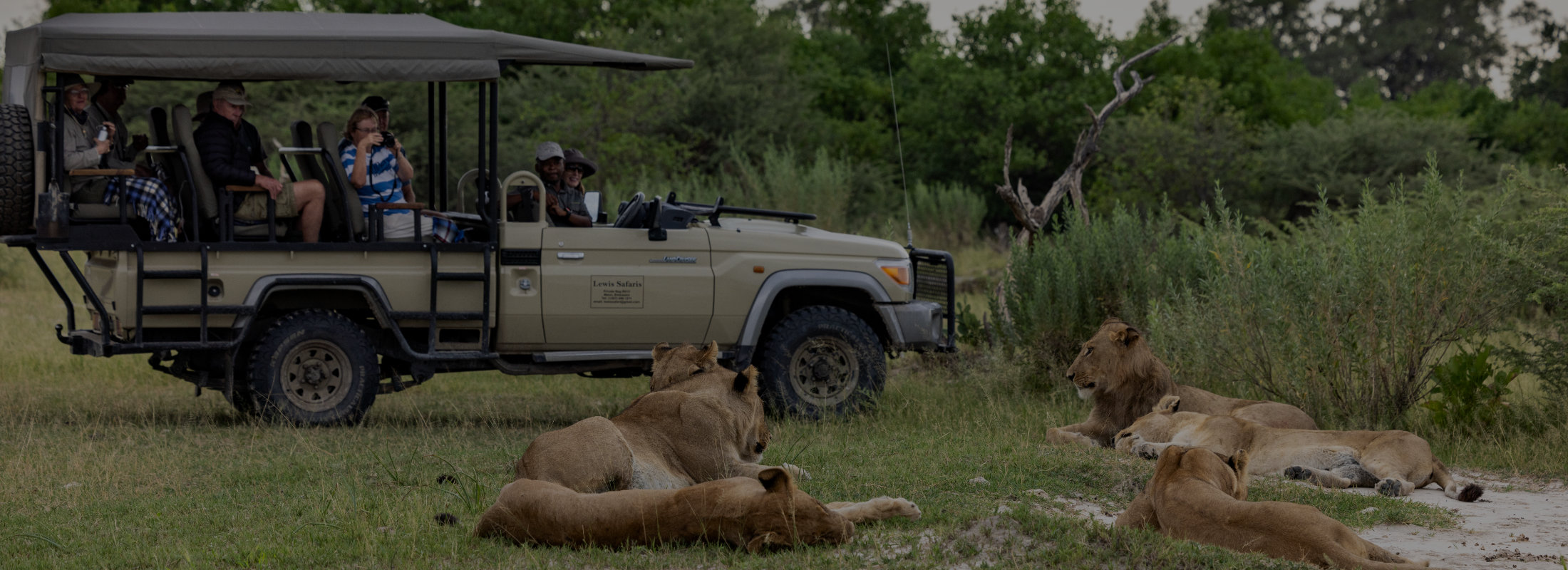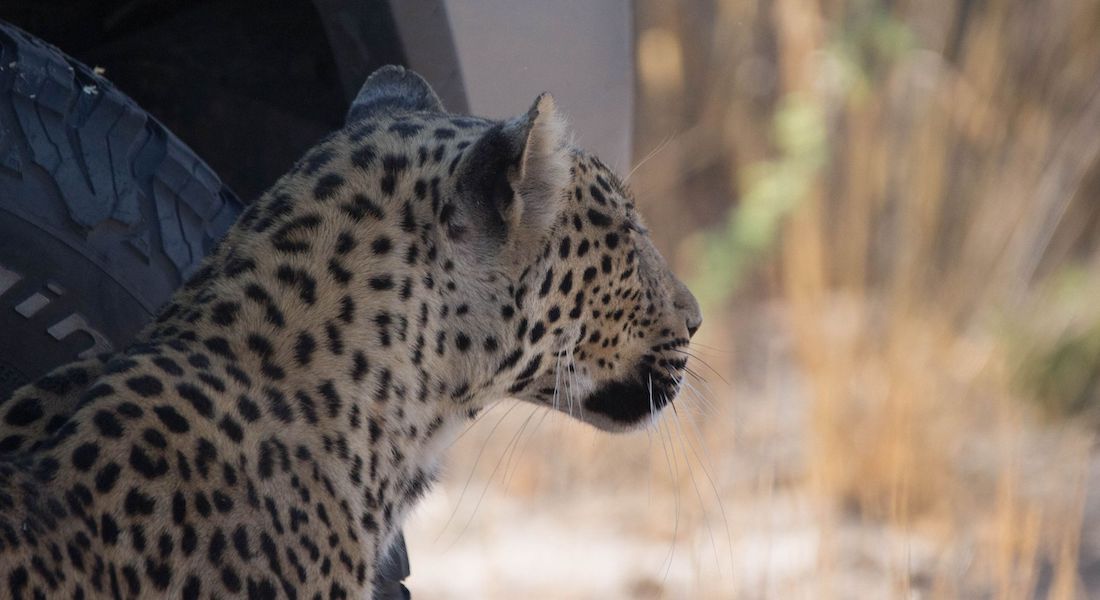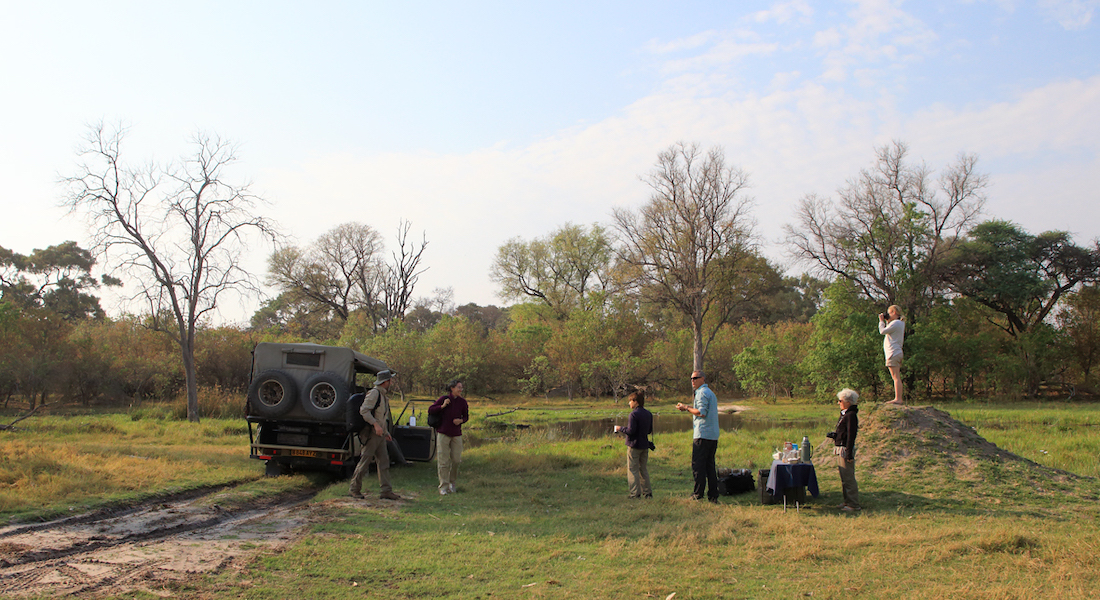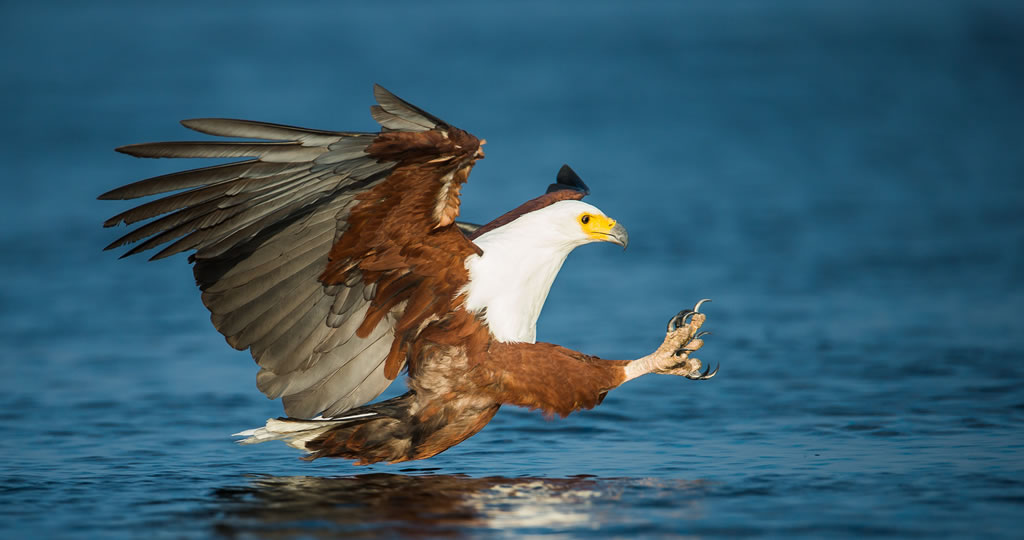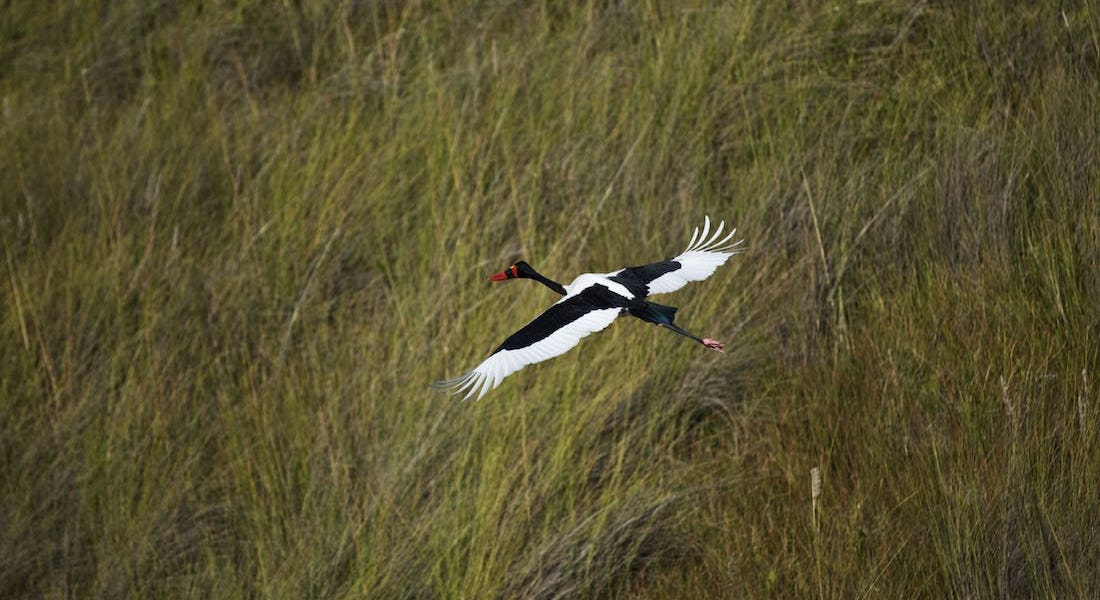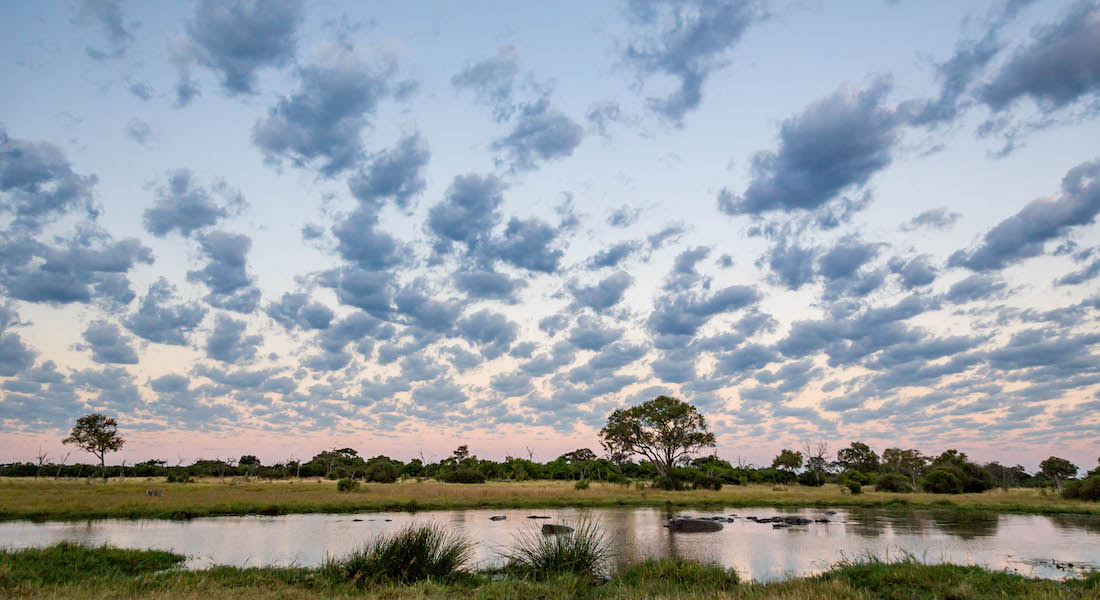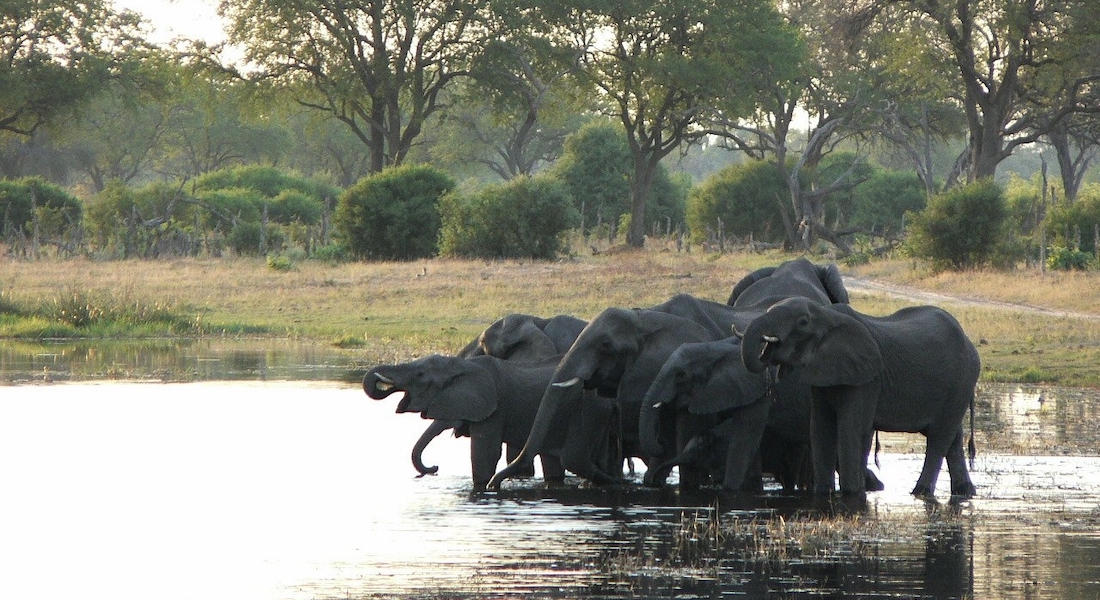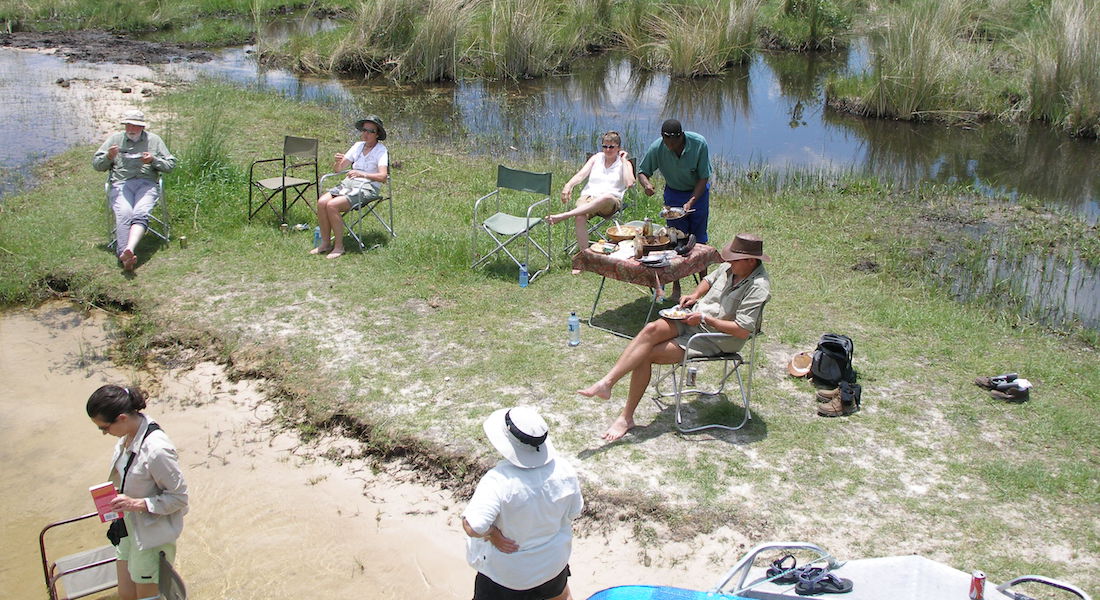Thanks to the variety of habitats it protects, the Moremi provides a sanctuary for many species of wildlife. Some of the rarest include wild dog and reintroduced rhino; more commonly seen species include elephant, hippo and red lechwe.
The Moremi is known for its large herbivore populations, which in turn support predators including lion, leopard and cheetah. More unusual species include the elusive sitatunga antelope and two kinds of otter.
